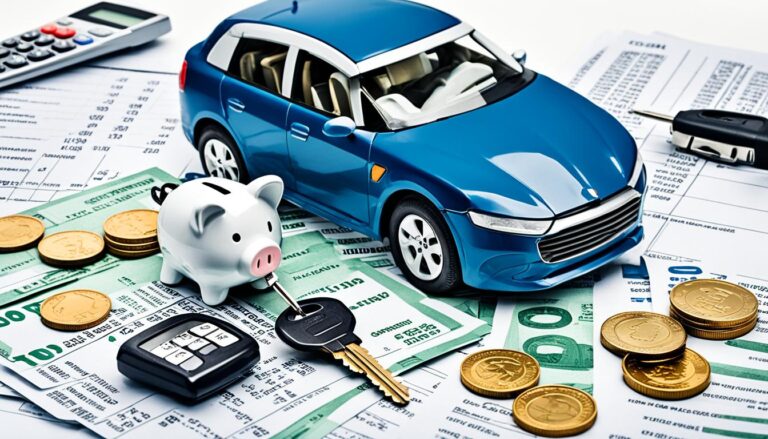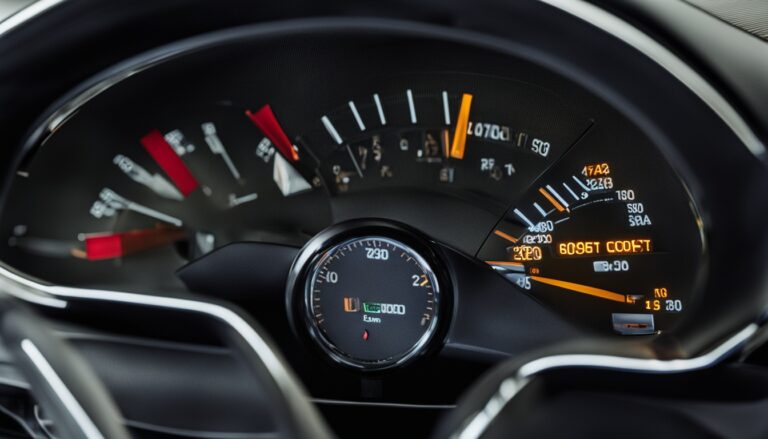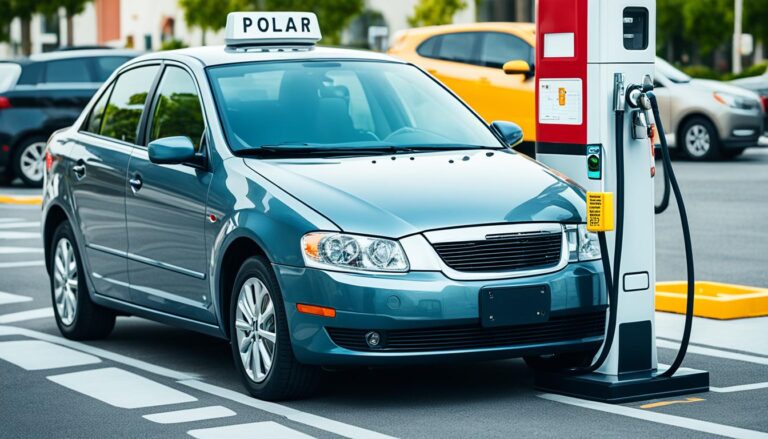When it comes to purchasing a vehicle, understanding the costs that should be capitalized is crucial for maintaining accurate financial records and making informed decisions. Capitalization is an accounting principle that determines how certain expenses are recorded and reported on a company’s financial statements. In this article, we’ll explore the various costs that can be capitalized when acquiring a vehicle, helping businesses manage their vehicle ownership expenses effectively.
Capitalization is an important consideration for businesses that require vehicles for their operations. By understanding the scope of capitalized costs, organizations can ensure they are accurately reflecting the true cost of vehicle ownership on their financial statements. This, in turn, can lead to better decision-making, improved financial planning, and a more accurate representation of the company’s financial position.
Identifying Capitalizable Costs for Vehicle Purchases
When we acquire a vehicle, there are several costs that we can capitalize, or include as part of the overall purchase price. These capitalizable costs go beyond the sticker price of the vehicle itself, encompassing a range of direct expenses incurred during the acquisition process.
Direct Acquisition Costs
The direct acquisition costs associated with purchasing a vehicle can include:
- Sales tax
- Registration fees
- Transportation charges
These direct vehicle acquisition costs are essential to consider, as they directly contribute to the final capitalized cost of the vehicle. By accurately identifying and accounting for these expenses, we can ensure that the true cost of the vehicle is properly represented on our financial statements.
Fees and Taxes
In addition to the direct acquisition costs, certain fees and taxes related to the vehicle purchase can also be capitalized. These may include:
- Registration fees
- Title fees
- Applicable sales taxes
Properly accounting for these capitalized vehicle purchase fees and taxes is crucial for accurately reflecting the total cost of acquiring the vehicle. By including these expenses in the capitalized cost, we can ensure that the financial records accurately represent the full scope of the vehicle ownership expenses.
| Cost Type | Capitalizable? |
|---|---|
| Purchase price of the vehicle | Yes |
| Sales tax | Yes |
| Registration fees | Yes |
| Title fees | Yes |
| Transportation charges | Yes |
“Properly identifying and accounting for these capitalizable costs is crucial for accurately representing the true cost of acquiring the vehicle.”
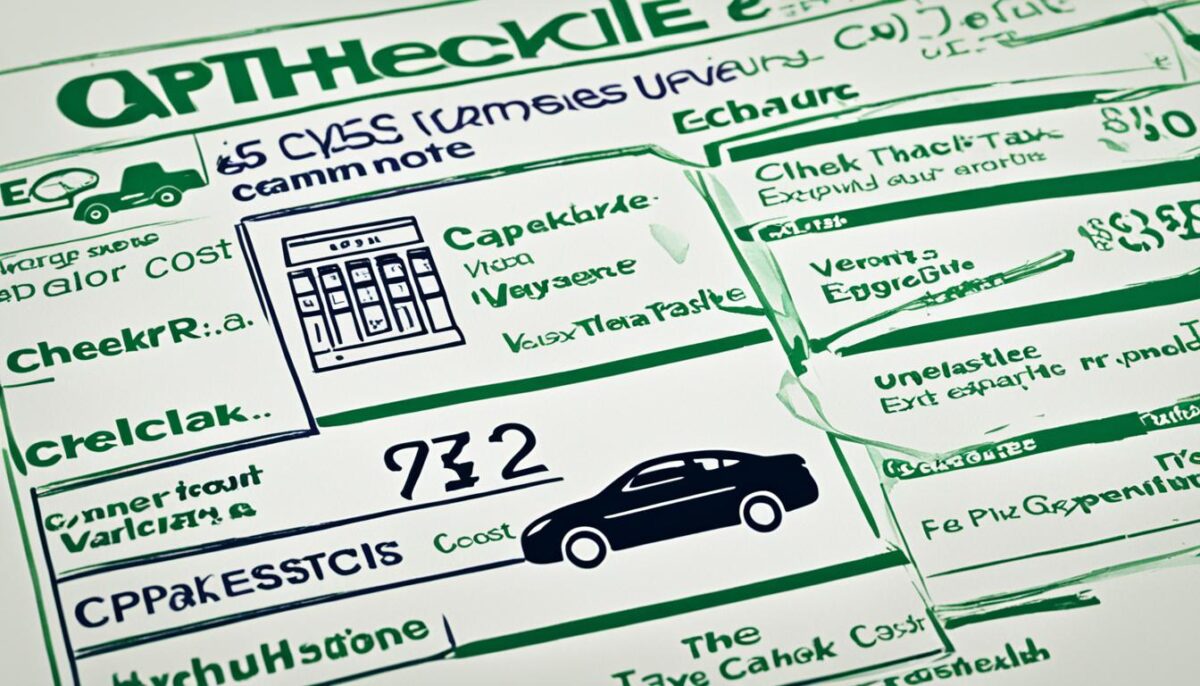
Capitalized Purchasing Vehicle: Understanding the Scope
When it comes to purchasing a vehicle for business use, the scope of capitalized costs extends far beyond the initial purchase price. As we delve into the intricacies of capital asset accounting for vehicles, it’s crucial to understand the full breadth of expenses that can be capitalized to accurately reflect the true cost of vehicle ownership on a company’s financial statements.
The scope of capitalized vehicle costs encompasses a range of expenses that are directly related to the acquisition and preparation of the vehicle for its intended use. This includes not only the purchase price but also any fees, taxes, and other costs incurred during the procurement process.
One key aspect of vehicle ownership cost capitalization is the inclusion of delivery and preparation fees. These charges, often incurred when the vehicle is transported to the company’s location or prepared for use, are considered part of the overall cost of the asset and can be capitalized accordingly.
Additionally, capital asset accounting for vehicles may also include the costs of any modifications or improvements made to the vehicle to enhance its functionality or meet specific business requirements. These alterations can range from the installation of specialized equipment to the implementation of safety features, and they all contribute to the final capitalized value of the asset.
By understanding the breadth of capitalized vehicle costs, organizations can ensure that they are accurately reflecting the true cost of owning and operating their vehicle fleet on their financial statements. This, in turn, can help inform important strategic decisions and provide a more comprehensive view of the company’s asset management and capital investments.
| Cost Category | Example Expenses |
|---|---|
| Purchase Price | Negotiated price, dealer fees |
| Delivery and Preparation | Transportation, inspection, modifications |
| Taxes and Fees | Sales tax, registration fees, license fees |
| Improvements and Upgrades | Equipment installation, safety features |
By understanding the full scope of capitalized vehicle costs, organizations can ensure that they are accurately reflecting the true cost of owning and operating their vehicle fleet on their financial statements. This, in turn, can help inform important strategic decisions and provide a more comprehensive view of the company’s asset management and capital investments.
Accounting Treatment of Capitalized Costs
Once the costs associated with purchasing a vehicle have been capitalized, the next step is to properly account for them on the company’s financial statements. This typically involves depreciating the vehicle’s cost over its useful life, as well as amortizing any applicable fees or taxes. The specific accounting treatment will depend on the company’s policies and the applicable accounting standards.
Depreciation and Amortization
Vehicle depreciation is the process of allocating the capitalized vehicle cost over the asset’s useful life. This allows the company to recognize the gradual decline in the vehicle’s value as it is used for business operations. The depreciation method and useful life are typically determined based on the company’s accounting policies and industry best practices.
In addition to depreciation, any fees or taxes that were capitalized as part of the vehicle purchase must be amortized over the appropriate time period. This ensures that these costs are properly matched with the revenue generated by the use of the vehicle.
| Accounting Treatment | Description |
|---|---|
| Vehicle Depreciation | The capitalized vehicle cost is allocated over the asset’s useful life, recognizing the gradual decline in the vehicle’s value as it is used for business operations. |
| Amortization of Capitalized Fees and Taxes | Any fees or taxes that were capitalized as part of the vehicle purchase must be amortized over the appropriate time period, ensuring these costs are properly matched with the revenue generated by the use of the vehicle. |
By properly accounting for the capitalized vehicle costs through depreciation and amortization, companies can ensure that their financial statements accurately reflect the true cost of owning and operating their vehicle fleet.
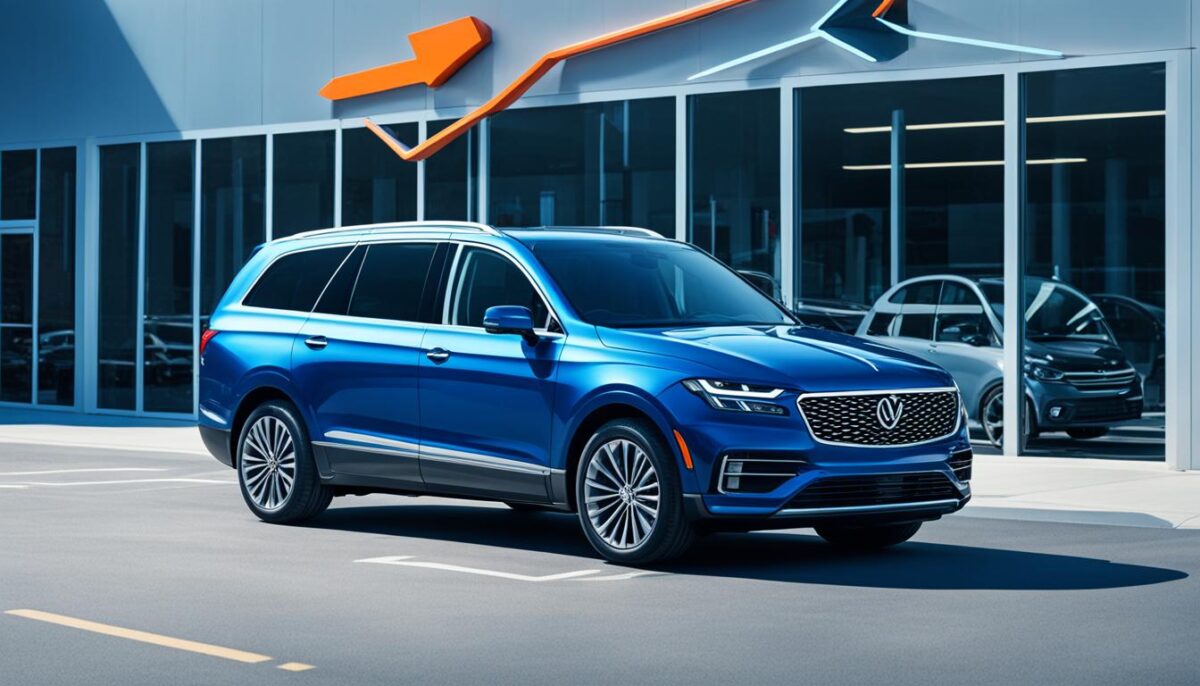
Factors Influencing Cost Capitalization Decisions
When it comes to capitalizing vehicle-related costs, there are several key factors we need to consider. The intended use of the vehicle is crucial – if it’s primarily for business purposes, we can typically capitalize more costs than if it’s used for personal use. Our company’s accounting policies also play a role, as they outline the specific guidelines we must follow when recording these expenditures.
Tax regulations are another important factor. Certain costs may be eligible for favorable tax treatment if capitalized, so we need to understand the applicable rules and optimize our approach accordingly. Ultimately, the financial impact of our capitalization decisions is what matters most. We’ll carefully evaluate each cost to ensure it’s accurately reflected in our financial statements and provides a clear picture of our vehicle-related investments.
By considering these various factors, we can develop effective vehicle cost capitalization strategies that not only comply with accounting standards but also support our overall financial goals. Thoughtful optimization of vehicle cost capitalization is essential for maintaining a healthy, well-managed vehicle fleet.

